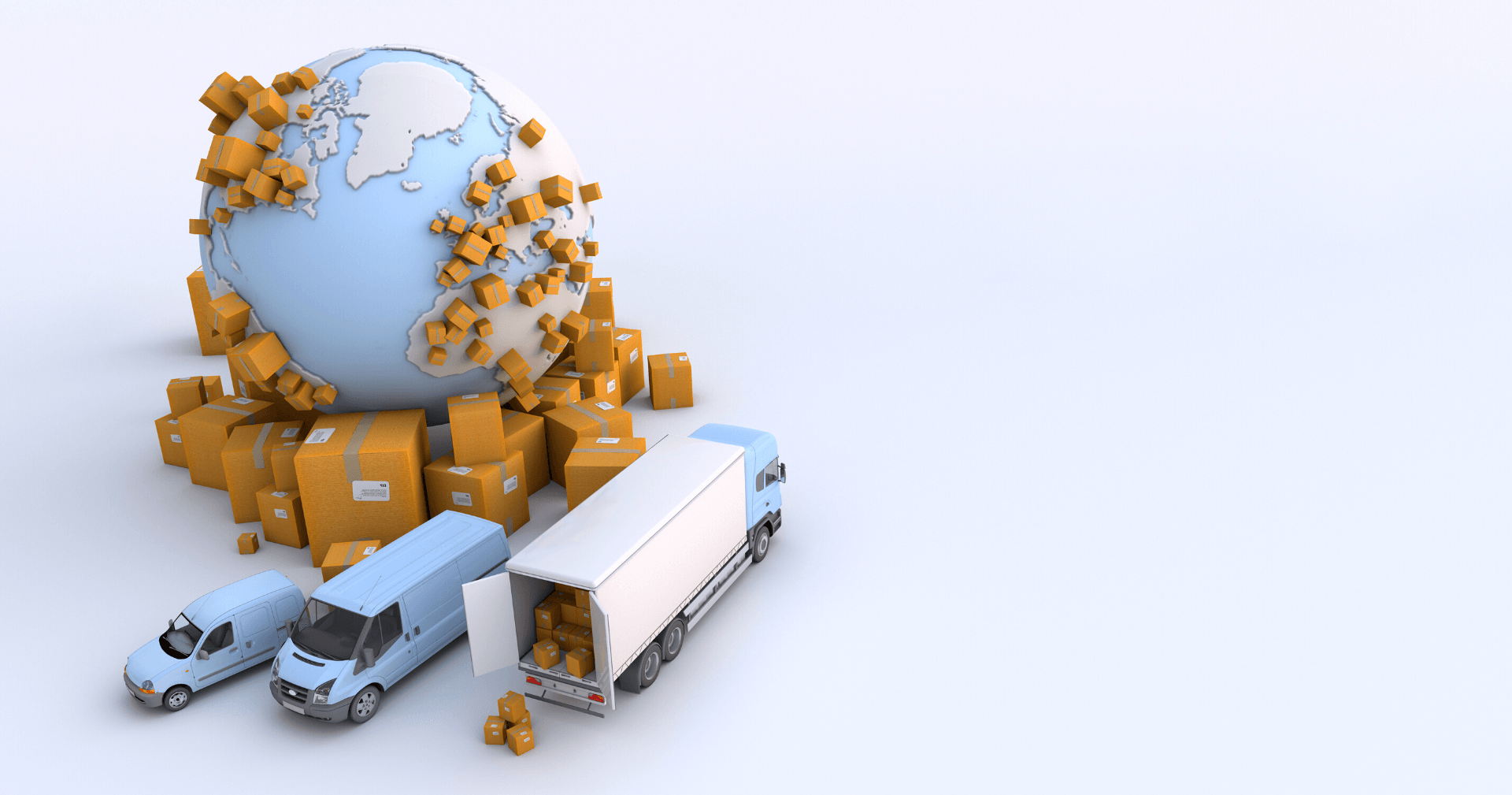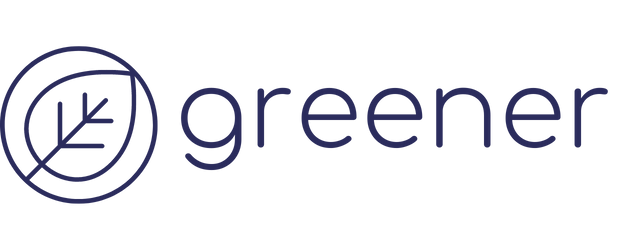
Start assessing your business and supply chain: Part 1
Assessing sustainability across supply chains is complicated and depends on a mix of factors including a company’s priorities, its position within the supply chain, the type of product or service that it offers, its capabilities, different goals that the company may have, and different stakeholder pressures that may be involved.
It is important to remember that going greener does not happen overnight and certainly not in isolation. But we believe that by collaborating and keeping communication channels open, businesses can realise opportunities, implement innovative solutions and identify emissions hotspots that require change.
Now let's start with how you as a business can start assessing your firm and supply chain’s impact.
Where to start?
Break it down - how impact is measured often depends on how the boundaries of your criteria are defined. While this may add to the “context-dependency” of impact, it is a good place to start. You can define this as the environmental and social impact that your company has within the four walls that it operates in (this is called scope 1).
Once you have defined that, go beyond your company and start considering indirect impact generated from your purchased energy — including electricity, heating, gas, cooling, and steam (this is called scope 2). A simple tip to help you distinguish scope 2 emissions is to remember that these emissions are caused by whatever energy your company typically buys to run its operations and processes [1].
Finally, you can start thinking about scope 3 emissions. These are all the impact and emissions generated indirectly by your business and often accounts for between 80-90% of the impact of businesses in the food and drink industry. This catchall includes the impact caused by things like business travel, waste, purchased goods and services, end of life disposal for products that are produced by your company, logistics, distribution and more [2].
To illustrate this broad bucket, let’s imagine a cheese manufacturing facility. Its scope 3 impact comes from a range of activities including lorries that transport milk to the facility, energy and resources used for maintaining and feeding dairy cows, energy used by consumers to store and dispose of cheese, and the list continues.
It is easy to see why scope 3 emissions are a complicated area to tackle, particularly when you’re looking to reduce environmental impact.
Now that you have a better understanding of how to break down impact into three key areas of your business we can take the next step. Moving towards tackling impact and maintaining a sustainable business not only within your company but across your supply chain.
The key to this challenge is increasing communication with your suppliers and your downstream partners.
The key to this challenge is increasing communication with your suppliers and your downstream partners.
How can I start assessing my impact?
Start by taking inventory across scopes 1, 2, and 3. This can help you to define activities and emissions that take place across these three areas. Once you’ve done that, identify hotspots where emissions are higher, and set priorities for reducing emissions that help you take action. Below I will outline things to think about in each scope.
Scope 1: The name of the game is “burn”. Everything your company does that creates carbon emissions including all sources of on-site fuel combustion, like heating fuels in buildings, vehicles (company-owned or leased cars, fleet vehicles, ships, planes, and industrial trucks), stationary equipment (e.g., generators) and mobile equipment (e.g., portable fuel-powered tools), which all create carbon dioxide. Also, be sure to account for fugitive GHG emissions by counting the number of refrigeration, fire suppression systems, and air conditioning units your company uses [3].
Scope 2: This might be the easiest part to figure out! You can start by looking at your energy bills. For electricity you can look at your kWh usage (use online calculators to estimate emissions per kwh usage in the UK). For heating and cooling you can speak to your providers to understand the source (for example natural gas, coal, etc.) and then again look at your bills and the amount you purchase. Similar to electricity, you can then convert this usage to find out carbon emissions using online tools like this one.
Scope 3: Again, this starts by taking inventory. Think about what happens during upstream activities (everything it takes to produce your product) and downstream activities (everything it takes to consume your product). One of the key challenges in scope 3 is traceability and understanding the flow of materials and waste; it’s much harder to get a full picture of everything that happens. The key to this challenge is increasing communication with your suppliers and your downstream partners. Find out about where your raw materials come from and how they are processed, how it is distributed, where it is stored, how it gets to you. Downstream, explore your key distribution methods, how your product is used, stored and disposed of [2][4].
I recognise that starting these conversations is hard. So our team has developed tools to help you better understand your relationships across the supply chain and how you can leverage them to create change. You can learn more here about the resources we offer and how to get involved.
Good work! You’ve made a pretty thorough assessment of where things stand now. Read about next steps in part two of our assessments series.
[1]: ‘Deep dive: Scope 2 emissions’ - Sustain Life
[2]: ‘Deep dive: Scope 3 emissions’ - Sustain Life
[3]: ‘Deep dive: Scope 1 emissions’ - Sustain Life
[4]:‘Briefing: What are Scope 3 emissions?’ - Carbon Trust
Mehrnaz Tajmir is the Co-Founder and Chief Science of Greener

